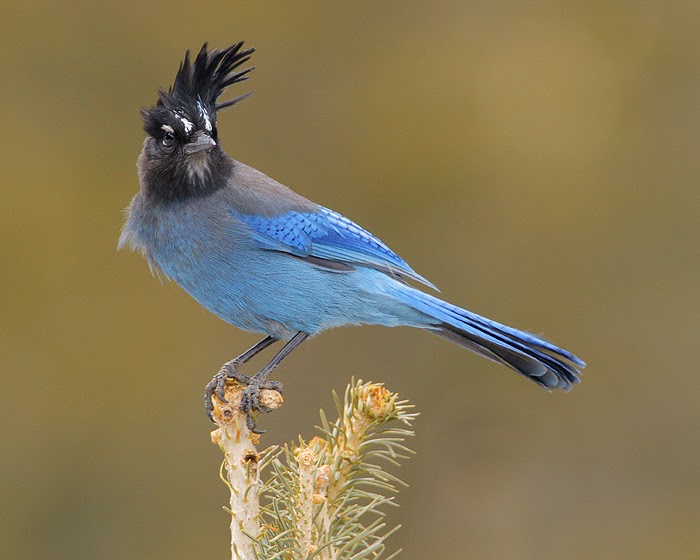 Yellow Headed Blackbird frequently settles in the same swamp as the Red-winged Blackbird. The bigger Yellow-headed Blackbird is prevailing to the Red-winged Blackbird, and dislodges the littler blackbird from the prime settling spots. The Yellow-headed Blackbird is firmly forceful to Marsh Wrens as well, presumably in light of the egg-pulverizing propensities of the wrens. At the point when the Yellow-headed Blackbird completes the process of reproducing and leaves the bog, Marsh Wrens venture into previous blackbird domains.
Yellow Headed Blackbird frequently settles in the same swamp as the Red-winged Blackbird. The bigger Yellow-headed Blackbird is prevailing to the Red-winged Blackbird, and dislodges the littler blackbird from the prime settling spots. The Yellow-headed Blackbird is firmly forceful to Marsh Wrens as well, presumably in light of the egg-pulverizing propensities of the wrens. At the point when the Yellow-headed Blackbird completes the process of reproducing and leaves the bog, Marsh Wrens venture into previous blackbird domains.
Yellow Headed blackbirds live in Western Canada and the United States in damp territories. They are especially attached to cattail swamps. In Canada and the Northern US, they relocate south throughout winter months they're not difficult to discover from April to September, yet don't stick around for our pitiless winters.
Yellow Headed blackbirds are polygamous winged animals with one male mating with a few females after his floating wooing flights. The female guardian will assemble a mug molded home of grasses, reeds and cattails, situating the home over the water for security.
Yellow Headed Blackbirds might be normal when water is ample, urban infringement on wetlands and the related water misfortune debilitates reproducing settlements. Where settlements have been lost, endeavors to reintroduce this excellent lark have fizzled.
Yellow Headed blackbirds
Yellow Headed blackbirds
Yellow Headed blackbirds



















































